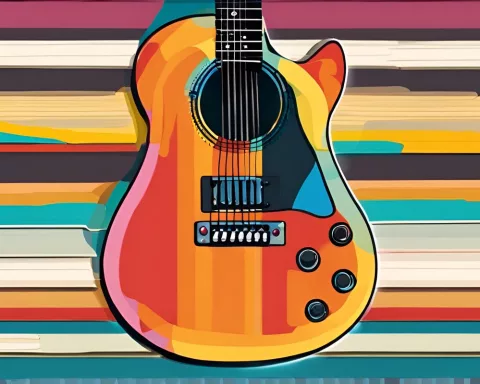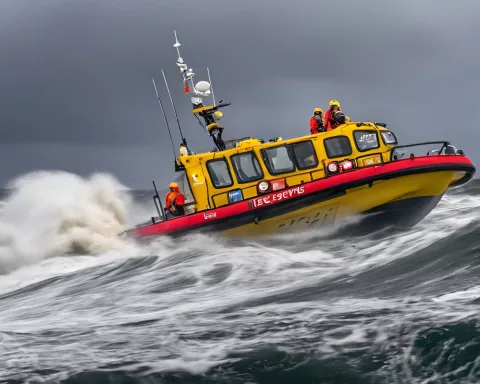A Historical Overview of the Huguenot Tunnel
While journeying through the breathtaking Western Cape, the astounding Huguenot Tunnel is impossible to ignore. This architectural feat stands as South Africa’s lengthiest tunnel, serving as a living testament to the region’s historical figure’s determination and resilience.
The saga of the tunnel is intricately linked with the Du Toits Kloof Pass, both deeply connected with the story of Francois du Toit. A French Waldensian, du Toit found refuge in the Western Cape, unknowingly paving the way for the tunnel and pass’s subsequent evolution. As a farmer and landowner, his farm, Kleine Bosch, found its home at the Hawequa Mountains base. In 1778, Governor Van Plettenberg first proposed the establishment of a wagon road on this land.
The promise of progress often takes time to materialize. It was only about four decades later that the potential of Du Toits Kloof as a crucial route came under examination again. Detlef Siegfried Schonfeldt, a German farmer, and former lieutenant in the 45th Württemberg Hussars, spearheaded the initiative. With funding collected from the local farming community, Schonfeldt embarked on the massive task of creating a path through Kleigat’s challenging landscape. Within just two years, Schonfeldt successfully built a wagon road, a testament to his tenacity and determination.
Obstacles and Setbacks in the Tunnel’s Construction
However, this triumph came at a hefty cost, draining the construction funds and forcing Schonfeldt to appeal for governmental support. Despite conducting a comprehensive investigation into Schonfeldt’s proposal, the authorities deemed the existing construction enough and denied the funding request. This rejection served as a significant obstacle that halted progress momentarily, but it did not dampen the hope and vision for a complete road.
In the subsequent years, the necessity for a functioning pass became increasingly clear. A local farmer, Jannie le Roux, devised his private donkey cart route in the region to access his land, Verdun. Despite its treacherous nature, this road marked a significant stride towards the realization of a fully operational pass.
The revival of the Du Toits Kloof Pass project was cemented in 1935 when the National Road Board acknowledged the need for a formal route. Just a few years later, the advent of World War II brought an unforeseen opportunity. The government proposed a unique agreement with Italian prisoners of war renowned for their road construction skills. In exchange for food and accommodation, these prisoners would dedicate their expertise to building the Du Toits Kloof Pass.
The Creation of the Huguenot Tunnel and Its Significance
By the war’s end in 1945, the pass was almost complete, and local laborers undertook the remaining work. An aluminium cross was erected at Huguenot Top to commemorate this achievement, a symbol that still stands today.
The bustling 1970s saw a significant increase in traffic, leading to the inception of the Huguenot Tunnel. The construction began in 1984, a colossal undertaking that involved excavation teams, the creation of drainage and ventilation systems, and the employment of nearly 200 laborers, 50 artisans, and 15 managerial staff at the peak of the construction phase from 1984 to 1987.
The tunnel’s completion in 1988 was a testament to persistence and collaboration. The R202 million project culminated in a tunnel capable of accommodating an average of 8500 vehicles daily, with a record-breaking 18,200 vehicles passing through on 26 April 2002.
The Huguenot Tunnel symbolizes more than an engineering wonder; it embodies unity, resilience, and the power of determination. It serves as a monument to the shared vision of various communities, from the German farmer who initiated the road construction to the Italian prisoners of war who contributed their skills to the cause. The tunnel is a physical embodiment of a shared history and aspiration, a testament to the human spirit’s capacity to dream and create.








